Fungal lesions of the skin and nail plates are the most common dermatological diseases, according to the statistical data of the World Health Association. They give him a large amount of annoyance to a person, giving his home life, violates ordinary biorhythm. Mushroom treatment is long and expensive. Therefore, the previous diagnostics are made, the sooner you can begin treatment, preventing the development of complications.
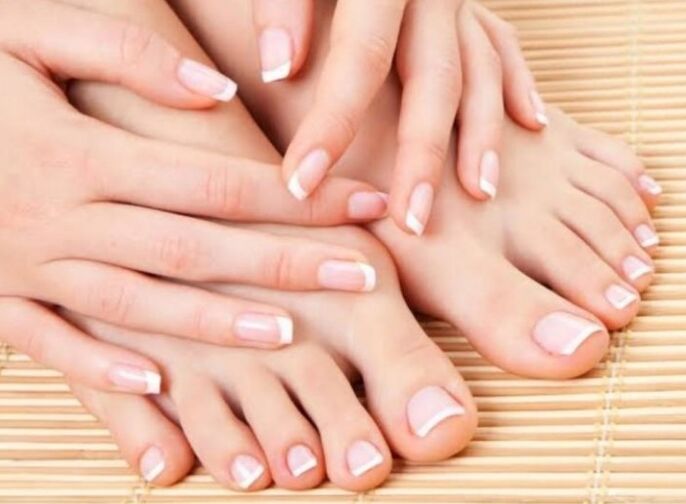
What is a fungus standing?
Foot and nail fungi are an infectious disease that affects the upper layer of the leg epidermis and finger nail plates. Onychomycosis (medical name for pathology) occurs due to skin lesions such types of microorganisms as mold, yeast, candida -type fungi, dermatomycetes, dermatophytes. Microorganisms data groups are able to live and multiply in the human body, gradually affecting healthy cells. Most often, fungi are found in men, as their microflora, most suitable for the development of fungal infections.
In a medical classification, there are about 50 different types of fungi. Approximately 85% of fungal lesions are caused by dermatomices. Candida of the fungus type becomes the cause of the disease, about 10% - 12% of cases. The remaining small percentage falls on mycotic mold microorganisms, which actively multiply with disrespect for personal hygiene rules.
The intensity of the spread and the degree of progression of fungal diseases depends on many factors: a climate that promotes the reproduction of this type of bacteria; social conditions of human residence; Age criterion; Individual characteristics of the body; Immunity. Most often, people face a fungus after 50 years, as their level pH is much weaker and is unable to suppress this type of microorganisms.
Reasons for the formation of fungi standing
The penetration of mycotic organisms into the skin leads to the development of fungal infection. Due to the presence of proteolytic enzymes, the fungus easily penetrate the surface tissues of the epidermis, and the protein structure allows them to develop and actively maintain in their country.
The body's immune system is able to independently suppress the pathogenic environment, but sometimes this is not enough. On the surface of the skin, they contain special bacteria that support acid-base balance. The alkaline environment is unfavorable for the development of fungal infections, so the mycelium, which falls on healthy skin, dies after a while. But there are a number of factors that enable fungi to get used to the skin:
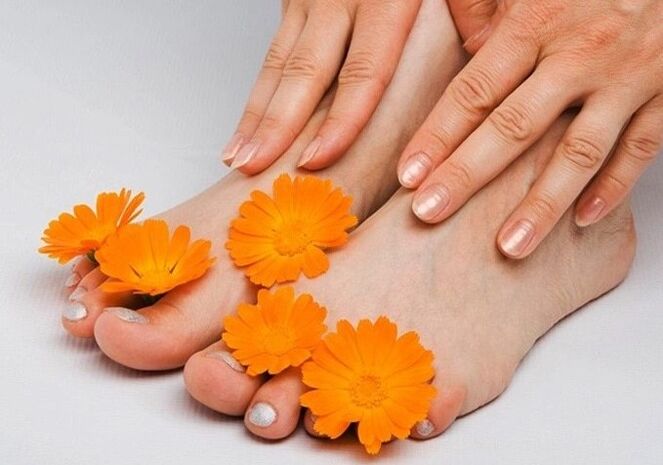
The penetration of the fungus into the finger nail plates occurs as follows:
In a high -risk group, people who often visit public places are found: sports clubs, public showers, swimming pools, water bodies, saunas or baths. Also, people who gain shoes and clothes already worn or change them with friends or acquaintances are very at risk.
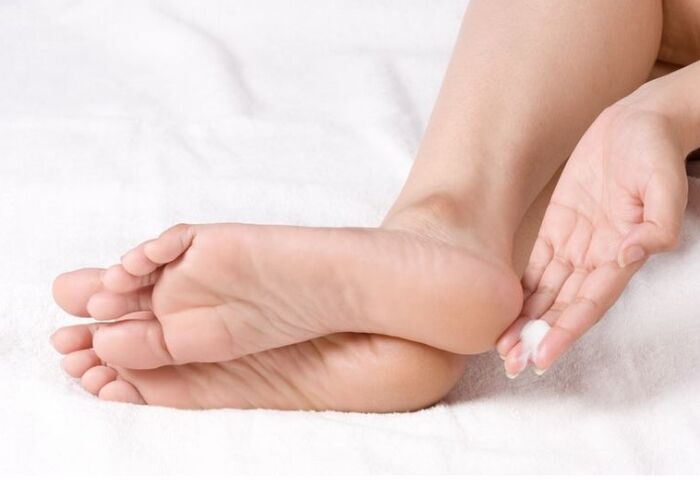
Symptoms of fungi of the feet and nails in the legs
The symptoms and course of the disease depends largely on the type of microorganisms that provoked the disease. Another factor is the age that the elderly person, the more pronounced the symptoms, and the process of damage to the skin and nail is significantly accelerated.
Despite the individual course of the disease, regarding the type of bacteria and body characteristics, there are general symptoms with which you may know a fungus infection:
In the process of developing the disease, a person feels a little pain and itching, there is a desire to scratch under a nail. In addition, for skin fungi, a characteristic unpleasant odor of sour, which is very vulnerable in a narrow, enclosed space.
Treatment of fungi of skin and nails in the legs
Treatment of skin and nail plates is significantly different. Therefore, the presence of both types of fungus includes complex therapy. For the treatment of skin fungi, ointments, gel or creams are most often used:
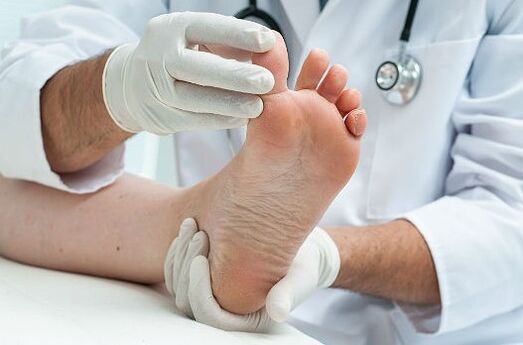
For the treatment of the most severe forms of fungal infections caused by mycetic mold, use medicines to get inside. The essence of this treatment is based on two principles:
Before starting treatment, you should go through all the necessary medical studies and determine the type of microorganisms that caused the fungus. Only on the basis of this data, the doctor will be able to prescribe an effective treatment.
Prevention and treatment of fungi in the legs with popular remedies
As already mentioned, the formation of a fungus on the skin of the feet and nails of the feet is associated with the decline in the natural level of the pH5 alkali balance. 5. Balances alkaline balance that prevents the development of pathogenic microflora. Therefore, the treatment of fungi with folk remedies, which aim precisely to increase the acid-base balance of the skin. Effective home methods of home war mushrooms can be attributed to the following:
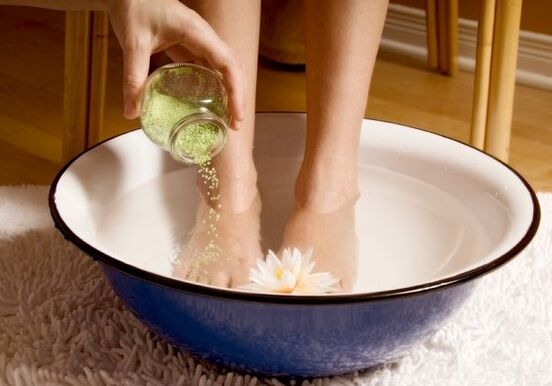
Such procedures will serve as an excellent mushroom prevention for people who lead an active lifestyle, visiting sports complexes, pools. For preventive purposes, a procedure per week is sufficient. For the treatment of simple forms of fungal infection, therapy is performed daily, for a week. Even if such methods do not help eliminate fungi, they will be able to slow down the development of pathogenic microorganisms, at your dermatologist's visit.
























